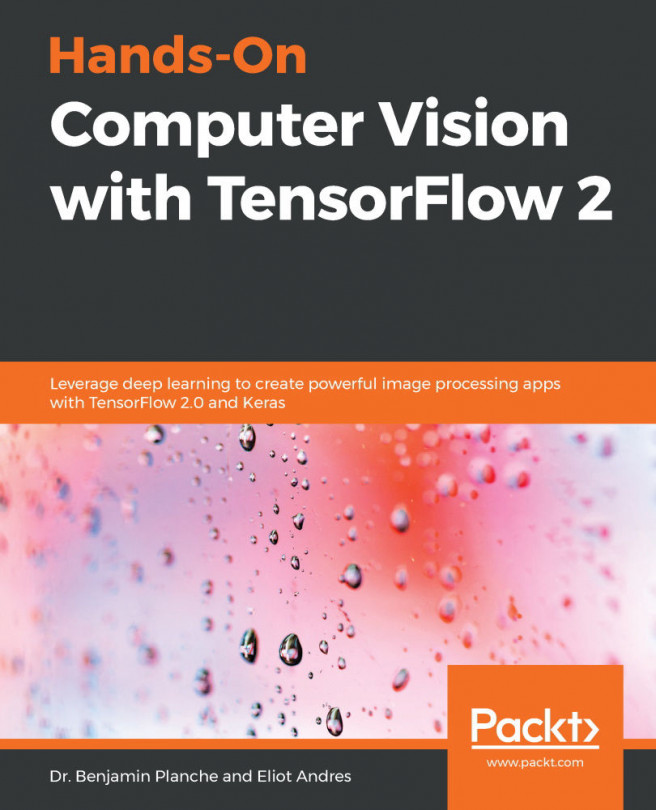In this chapter, we learned about and implemented three different methods of pose estimation – OpenPose, stacked hourglass, and PostNet. We learned how to predict human key points using OpenCV and TensorFlow. Then, we learned about the detailed theory and TensorFlow implementation of the stacked hourglass method. We showed you how to evaluate human poses in a browser and use a webcam for real time estimation of key points. Human pose estimation was then linked to the action recognition model to demonstrate how the two can be used to improve accuracy. The acceleration-based code showed how TensorFlow 2.0 can be used to load data, train the model, and predict actions.
In the next chapter, we will learn how to implement R-CNN and combine it with other CNN models such as ResNet, Inception, and SSD to improve the prediction, accuracy, and speed of object detection.
...


























































